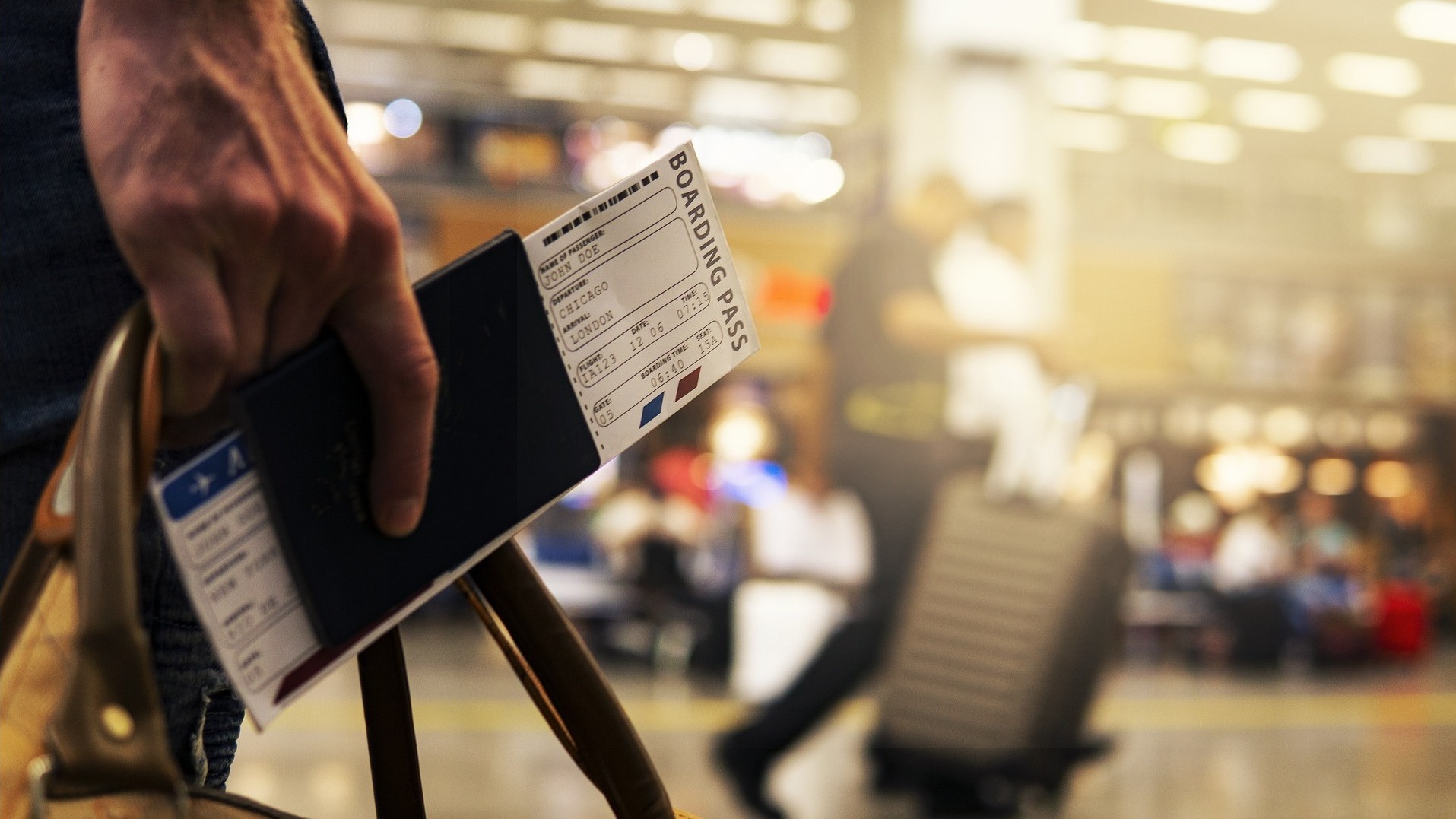How JESTA Works
Modeled after the United States’ ESTA system, JESTA aims to pre-screen travelers before entry and address eligibility concerns well in advance of landing. Visitors will need to provide information such as the purpose of entry and their intended place of stay. Travelers flagged for potential concerns—such as the risk of overstaying—may be advised to apply for a formal visa before traveling.
At present, arrivals from visa-exempt countries undergo only minimal pre-screening. Airlines typically submit passenger details to authorities after departure, meaning issues are often addressed only upon arrival. This has led to challenges, with over 49,800 illegal short-term visitors recorded in January 2016, many originating from visa-exempt countries.
By addressing these gaps, officials hope JESTA will bolster border security and deter illegal immigration.
Countries Affected
The JESTA system will apply to travelers from the following 71 countries, including popular passport holders from the United States, Canada, the United Kingdom, Australia, and much of Europe and Asia.
Here is a full list of Countries:
- Andorra
- Argentina
- Australia
- Austria
- Bahamas
- Barbados
- Belgium
- Brazil
- Brunei
- Bulgaria
- Canada
- Chile
- Costa Rica
- Croatia
- Cyprus
- Czech Republic
- Denmark
- Dominican Republic
- El Salvador
- Estonia
- Finland
- France
- Germany
- Greece
- Guatemala
- Honduras
- Hong Kong
- Hungary
- Iceland
- Indonesia
- Ireland
- Israel
- Italy
- Latvia
- Lesotho
- Liechtenstein
- Lithuania
- Luxembourg
- Macao
- Malaysia
- Malta
- Mauritius
- Mexico
- Monaco
- Netherlands
- New Zealand
- North Macedonia
- Norway
- Panama
- Poland
- Portugal
- Qatar
- Republic of Korea
- Romania
- San Marino
- Serbia
- Singapore
- Slovakia
- Slovenia
- Spain
- Suriname
- Sweden
- Switzerland
- Taiwan
- Thailand
- Tunisia
- Türkiye
- United Arab Emirates
- United Kingdom
- United States
- Uruguay
Practical Implications for Tourists
While the proposed system will add an additional layer of preparation for tourists, it is unlikely to cause major inconvenience to most. Officials have likened JESTA to the U.S. ESTA system, which travelers worldwide have used for years.
If you have plans to visit Japan beyond 2030, this new process will simply be another routine part of your travel preparation. However, be mindful of potential delays if additional screening or processing is required for your application.
Timeline for Implementation
The Japanese government has allocated development funds for JESTA starting in the next fiscal year (April 2025). Full implementation is expected to be completed by 2030.
Next Steps for Travelers
While this change is still several years away, it’s important to stay informed, especially as Japan continues to attract growing numbers of international visitors. Make sure to follow updates from Japanese government agencies as the system develops, and double-check your travel eligibility requirements before planning future trips.


